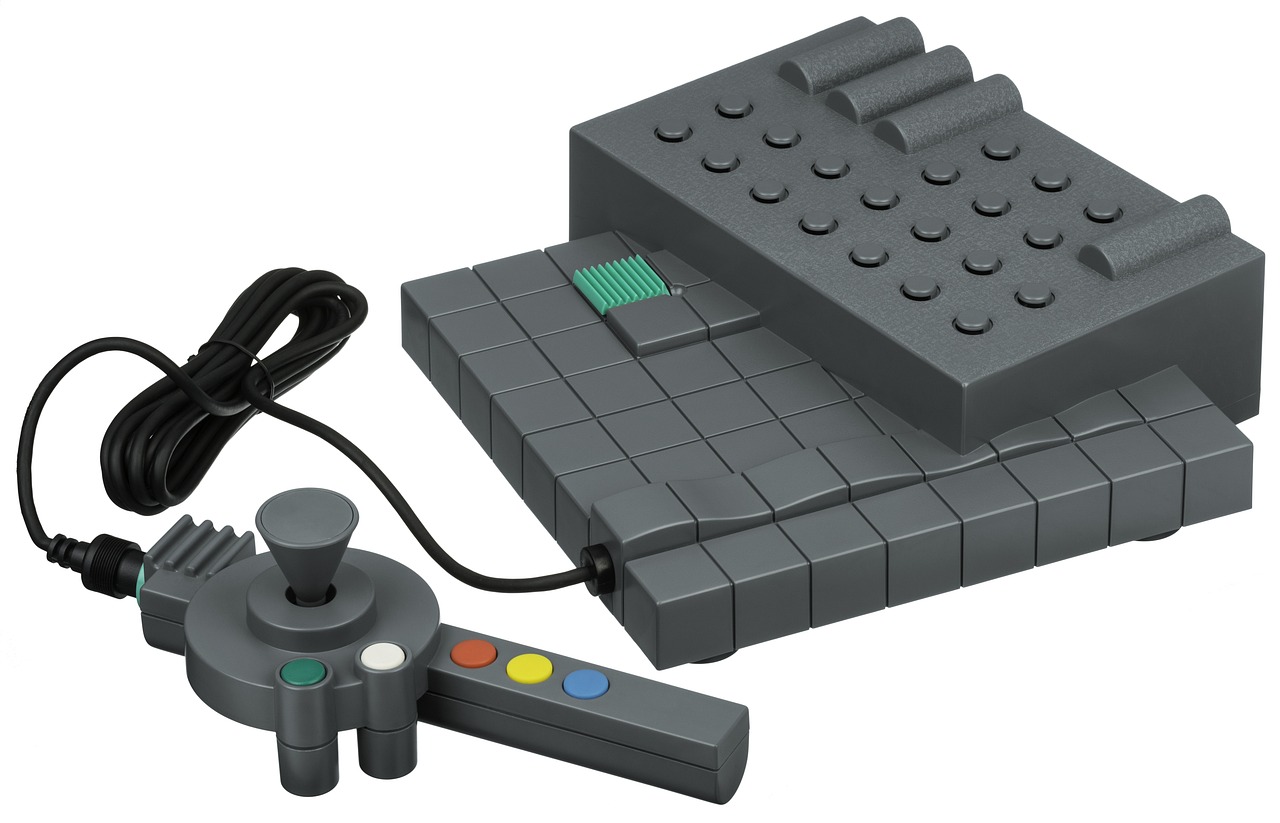Title: Siemens PLC Controller Model Number Interpretation
Siemens PLC controllers are industrial automation equipment with a wide range of applications. They play a crucial role in the modernization of industrial processes, improving efficiency and reducing operating costs. Each Siemens PLC controller has a unique model number that provides information about its specific features and capabilities.The model number of a Siemens PLC controller typically consists of several letters and numbers that can be interpreted to identify the type of controller, its size, the level of automation it provides, and other specifications. For example, some model numbers may indicate that the controller is designed for a specific industry or application, while others may highlight its advanced features or capabilities.Interpreting the model number of a Siemens PLC controller can provide valuable information to help users select the right controller for their industrial process. By understanding the individual components of the model number, users can identify the necessary features and ensure compatibility with their existing equipment. This guide will help users interpret Siemens PLC controller model numbers and make informed decisions about their industrial automation needs.
Siemens PLC (Programmable Logic Controller) controllers are widely used in industrial automation systems, providing efficient and reliable control solutions for a range of applications. When selecting a Siemens PLC for a specific application, it is important to understand the model number of the controller to ensure compatibility and performance. This article will guide you through the interpretation of Siemens PLC controller model numbers, providing a detailed breakdown of their meaning and importance.
Siemens PLC Controller Model Number Format
Siemens PLC controller model numbers typically follow a specific format, providing information about the type of controller, its features, and its performance specifications. The model number typically consists of several sections, each containing specific information about the controller.
1、Series Designation: The first section of the model number identifies the series of PLC controllers. This allows you to identify the generation or family of controllers to which the model belongs. For example, the S7 series denotes a specific line of PLC controllers.

2、Type of Controller: The second section specifies the type of controller within the series. This could be a standard PLC, a special-purpose controller, or a variant with additional features. For instance, the S7-1200 is a standard PLC controller in the S7 series.
3、Performance Specifications: The third section includes performance specifications for the controller, such as its processing speed, memory size, or input/output capacity. These specifications are crucial for matching the controller to the demands of your application. For example, the S7-1200 has a specific processing speed and memory size.
4、Mounting Style: The fourth section indicates the mounting style of the controller. This could be DIN rail mounting, panel mounting, or another type of installation. DIN rail mounting is common in industrial settings, while panel mounting may be preferred for smaller or more compact applications.
5、Power Supply: The fifth section specifies the power supply requirements of the controller. This includes both the voltage and current needed to operate the controller, as well as any special power supply requirements, such as redundancy or isolated supplies.
6、Connectivity: The sixth section details the connectivity options of the controller, including its communication protocol, network interface, and any supported communication media. For example, Siemens PLC controllers often support PROFINET or Modbus TCP/IP protocols for communication with other devices in an industrial network.

Interpretation of Siemens PLC Controller Model Numbers
To interpret a Siemens PLC controller model number, you need to understand each section of the number and how it relates to the overall performance and capabilities of the controller. By breaking down each section, you can quickly identify whether a particular model is suitable for your application or not based on its performance specifications and connectivity options.
Conclusion
Understanding Siemens PLC controller model numbers is essential for selecting the right controller for your industrial automation system. The format and interpretation of these model numbers provide crucial information about compatibility, performance, and connectivity that help ensure smooth and reliable operation of your system.
Articles related to the knowledge points of this article:
Inverter PLC Controller: The Key to Efficient Motor Control
PLC Controller Learning: A Guide to Get Started
PLC Cargo Elevator Controller Description